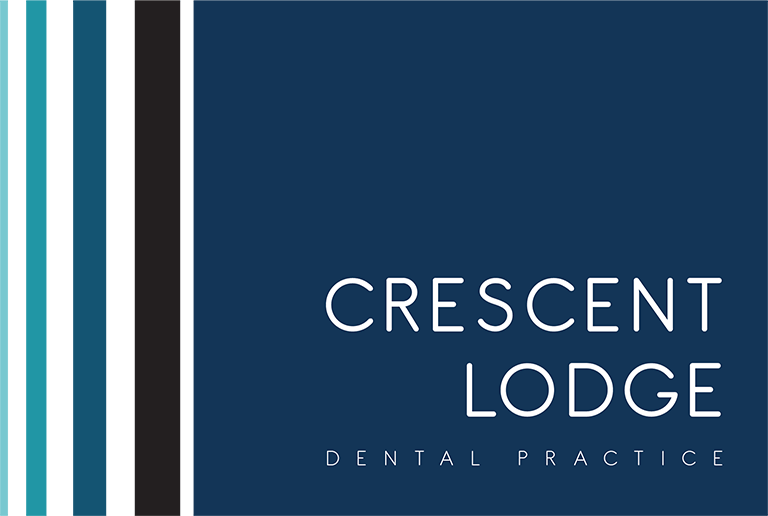23rd July 2024
Can Dental Implants Be Removed?
The Importance of Dental Implants
As the experienced team at Crescent Lodge Dental Practice in Clapham, London, we understand the transformative power of dental implants. Dental implants have become the gold standard in modern dentistry, offering a durable and long-lasting solution for missing teeth. They provide unparalleled stability, allowing you to enjoy all your favourite foods with confidence. Additionally, they help preserve the integrity of your jawbone, preventing the bone loss that often occurs when teeth are missing. However, as with any medical procedure, there may be situations where dental implants need to be removed.
Can Dental Implants Be Removed?
Yes, you can remove dental implants, although this is not a common occurrence. Dental implants are a permanent solution, and in the vast majority of cases, they remain in place for the lifetime of the patient. However, there are a few specific scenarios where the removal of a dental implant may be necessary:
- Implant Failure: In rare cases, a dental implant may fail to integrate properly with the surrounding bone, or it may become loose over time. This can be due to factors such as poor bone quality, infection, or trauma. If the implant is not stable or is causing ongoing problems, professionals will recommend removing it.
- Peri-Implantitis: This is a type of gum disease that can develop around a dental implant, leading to inflammation, bone loss, and eventual implant failure. If the peri-implantitis cannot be effectively treated, the dental implants may need to be removed.
- Aesthetic Concerns: In some cases, the positioning or appearance of a dental implant may not be aesthetically pleasing, and the patient may opt to have the dental implants removed and replaced with a more suitable option.
- Allergic Reaction: Although rare, some individuals may develop an allergic reaction to the materials used, such as titanium. In such cases, the implant may need to be removed to alleviate the symptoms.
- Damage or Fracture: If a dental implant becomes damaged or fractured, it may need to be removed and replaced.
The Process of Removing Dental Implants
The process of removing dental implants typically involves the following steps:
- Evaluation: Your dentist will thoroughly examine the affected implant, taking X-rays and other diagnostic tests to assess the extent of the problem and determine the best course of action.
- Anaesthesia: The area around the implant will be numbed with a local anaesthetic to ensure your comfort during the procedure.
- Implant Removal: Using specialized tools, your dentist will carefully remove the dental implant from the jawbone. This process may involve cutting away any surrounding gum tissue and carefully extracting the implant.
- Bone Grafting: In some cases, the removal of the implant may leave a defect in the jawbone. Your dentist may recommend a bone grafting procedure to restore the lost bone and prepare for potential future implants.
- Healing: After the implant removal, the area will need time to heal. Your dentist will provide you with specific instructions on how to care for the site and monitor the healing process.
Risks and Complications
While dental implant removal is generally a safe and routine procedure, there are some potential risks and complications that patients should be aware of:
- Infection: As with any surgical procedure, there is a risk of infection at the implant site. Your dentist will prescribe antibiotics to help prevent and manage any potential infections.
- Nerve Damage: Depending on the location of the implant, there is a small risk of nerve damage during the process. Your dentist will take great care to avoid this, but it is a possibility that you should discuss.
- Bone Loss: The removal of a dental implant may result in some bone loss at the site. This can be mitigated through the use of bone grafting techniques, but it is an important consideration.
- Difficulty Replacing the Implant: If the removal of the implant has resulted in significant bone loss, it may be more challenging to place a new implant in the same location in the future.
- Sinus Complications: In cases where the implant is located in the upper jaw, near the sinus cavity, the removal process may impact the sinus area, potentially leading to complications.
Alternative Options to Consider
If dental implants need removing, there are several alternative options to consider:
- Dental Bridge: A dental bridge is a fixed prosthetic that uses the adjacent teeth to support a replacement tooth or teeth. This can be a viable option if the surrounding teeth are healthy and strong enough to support the bridge.
- Partial Denture: A partial denture is a removable prosthetic device that can replace one or more missing teeth. This is more affordable, but it may not provide the same level of stability and functionality as a dental implant.
- Single Tooth Replacement: If only one tooth needs replacing, your dentist may recommend a single tooth replacement, either with a dental implant or a dental bridge.
The best alternative option for you will depend on your individual oral health, the extent of the tooth loss, and your personal preferences and budget. Your dentist at Crescent Lodge Dental Practice in Clapham, London, will work closely with you to determine the most suitable solution.
Contact us today in Clapham, London, to discuss your options for dental implant removal and alternative treatments.
